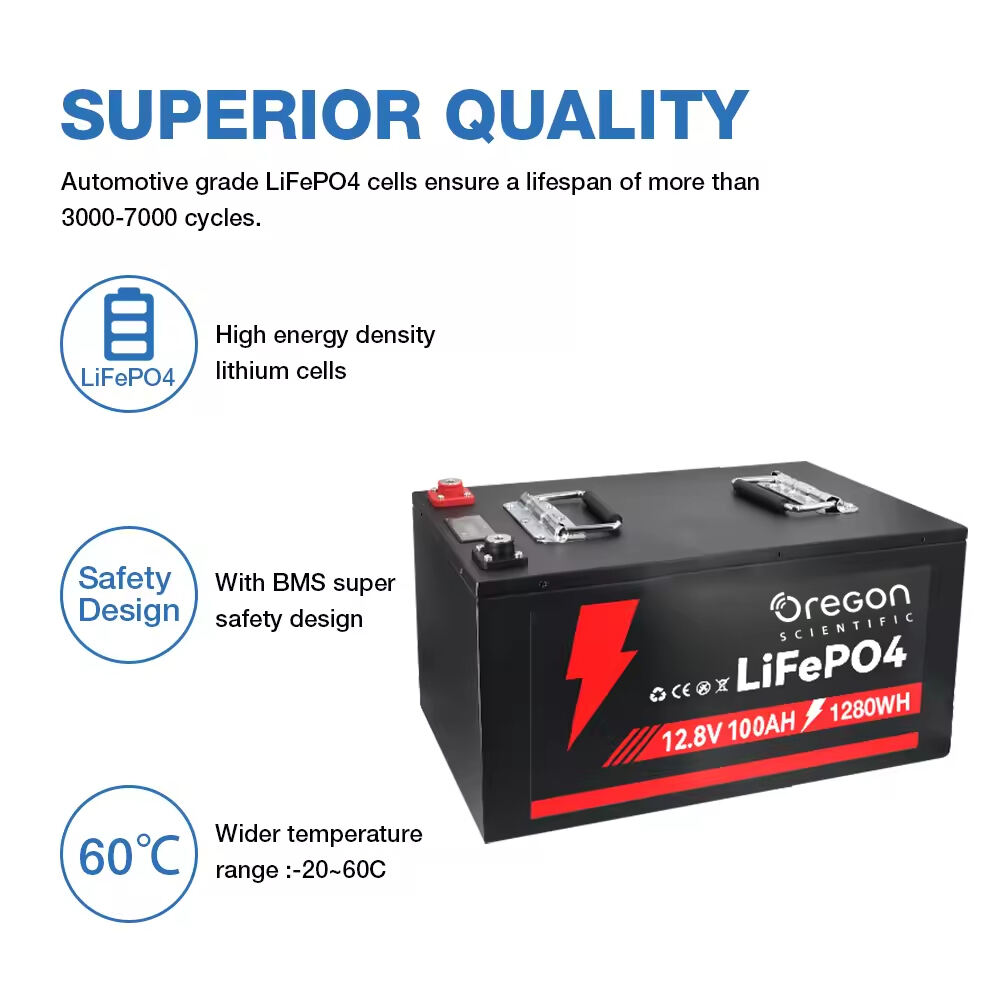Lead-acid replacement batteries keep showing up on shopping lists and inventory sheets because they are reliable, easy on the wallet, and gentler on the planet than people once thought. As shoppers and business owners hunting for greener energy option swap out old tech, these batteries grab a bigger piece of the spotlight. This post digs into the reasons theyre booming, the day-to-day perks they offer, and the trends likely to shape tomorrows battery aisles.
Price is the first thing many buyers look at, and lead-acid hospitals, farms, garages, and community solar farms talk about in the same breath with affordability. When stacked next to lithium-ion or nickel-metal-hydride packs, a lead-acid unit costs only a fraction of the others. That wallet-friendly label lets vehicle owners, boaters, and off-grid builders use the chemistry in starter batteries, light-house banks, and large renewable setups. For anyone who needs decent punch without draining the budget, lead-acid still hits the target.
Durable, dependable, and forgiving of user mistakes, lead-acid replacement batteries backs its low price with a track record that stretches back more than a century. Under careful upkeep-a simple scrub, refill, and charge-the packs can push past five or even seven years of service. They shrug off cold snaps, heat waves, and short power chores that would stress lighter alternatives, making them a favorite for telecom towers, hospitals, and any operation that cant afford hiccups. When customers hear will it quit on me? they routinely receive Yes, before the budget runs dry.
Lead-acid batteries are naturally recyclable, and that sits well with shoppers who want greener goods. As talk about the planet intensifies, many people look for items that leave lighter marks on nature. Luckily, almost every piece of a spent lead-acid cell can be put back to use-over 95 percent is recoverable. This ability cuts landfill piles and saves raw materials, helping the lead-acid option earn its eco-friendly badge.
Fresh engineering tricks also keep lead-acid batteries in the spotlight. Smarter design and modern assembly lines now boost energy density and drop self-discharge rates. Because of these upgrades, lead-acid cells stand toe-to-toe with newer brands and stay relevant in a fast-moving world.
Looking ahead, it seems almost certain that lead-acid replacement batteries will keep gaining ground. Because more homes and businesses are adding solar panels and wind turbines, the need for solid energy-storage options is bigger than ever. Lead-acid batteries fit right into that picture by stepping in when these green systems aren't producing enough power. The way they work together will push even more people to use them in residential setups and larger commercial projects.
To sum it up, lead-acid replacements are favored mainly because they cost less, last long, are easier to recycle, and now work even smarter with tech upgrades. As people and companies seek energy choices that are green and budget-friendly, these batteries look set to remain a key part of the storage puzzle. Staying tuned to new releases, industry reports, and real-world tests will help anyone in the field turn that trend into real opportunity.
